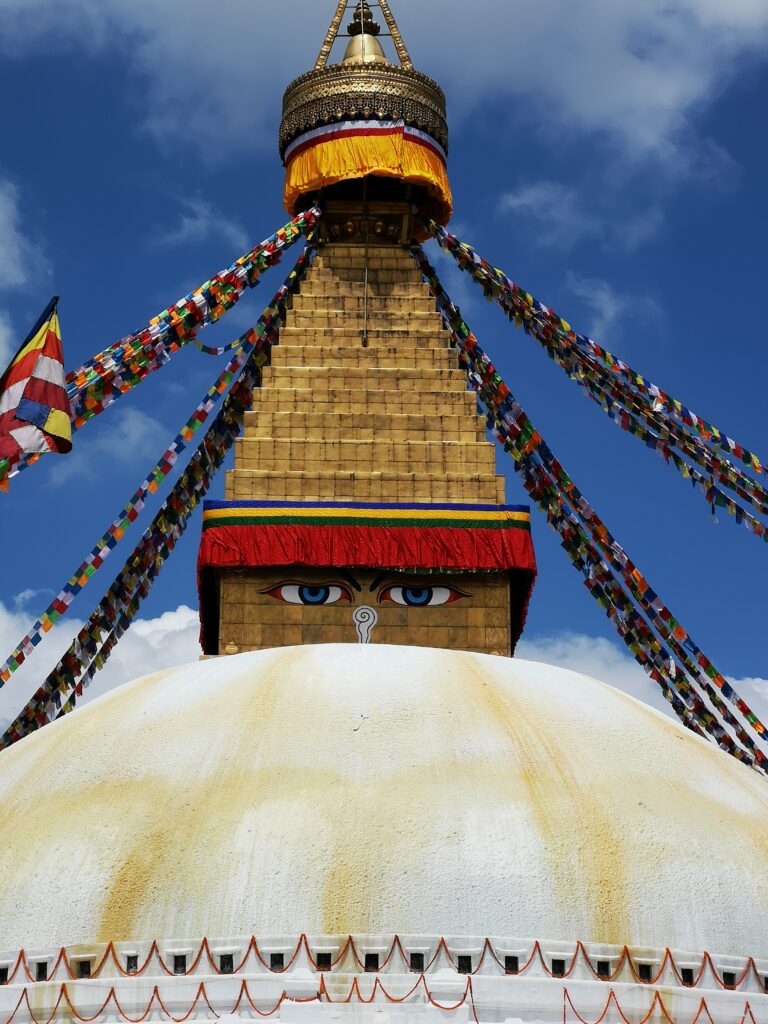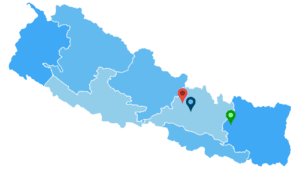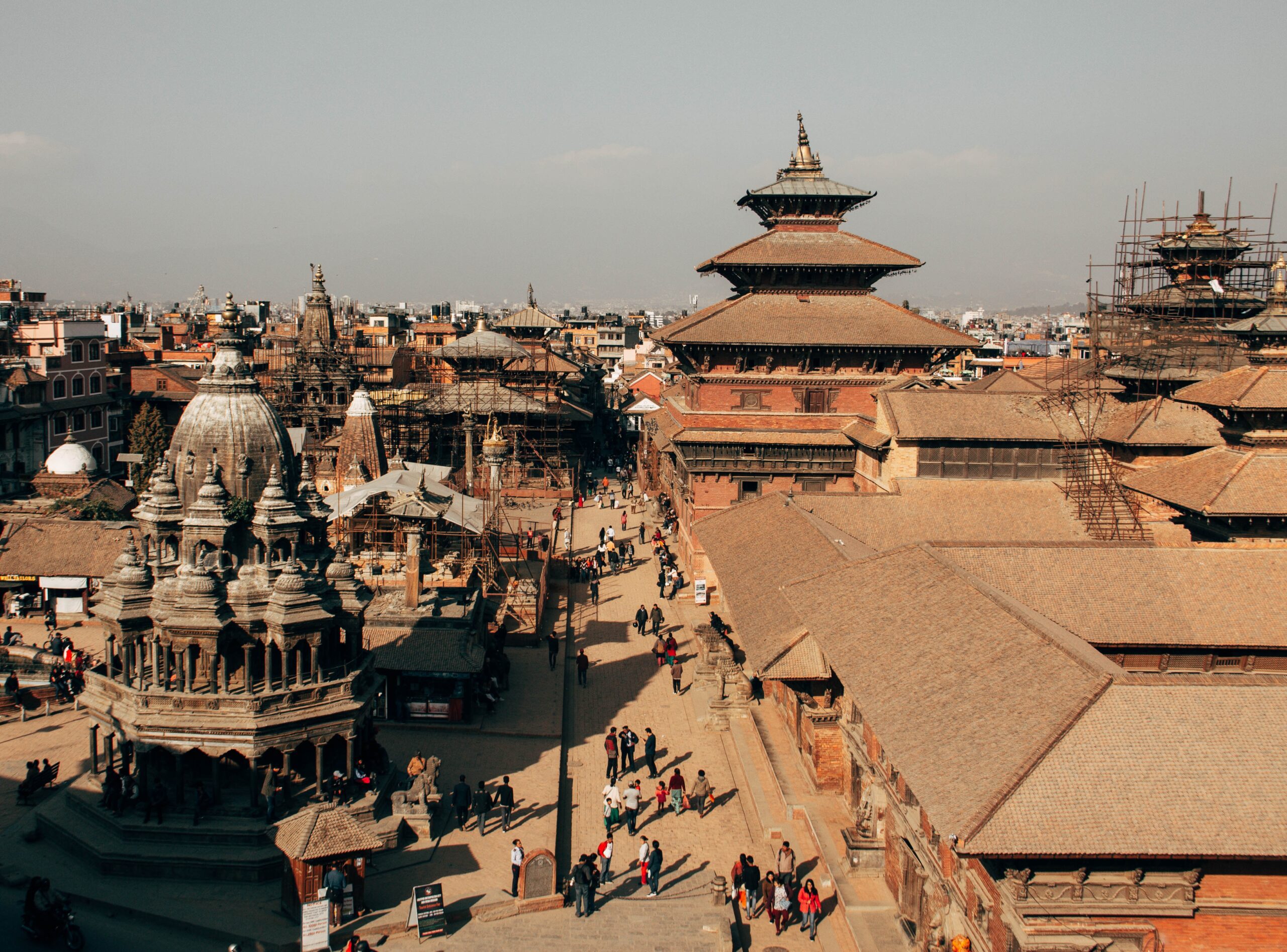Historical Analysis Of The Imperial City Of Patan:
With Special Attention To Regional Crafts in the history of Patan:
One of the earliest settlements in the Kathmandu valley, Patan, was established by the Kirat royal family in the third century BC. The Malla dynasty’s kings extended the city in later decades, particularly in the 1600s.
The city was given the names Patan and Lalitipur in honor of the fictitious farmer Lalitand Yala, both of whom are connected to numerous tales about its founding. King Shiva Malla, who unified the valley, conquered the city in the late 1500s. As was to be expected, throughout this reign, the city considerably grew as did Nepali craftsmanship and art. The city grew in population and had a reputation as a city of art because of its excellent artisans who could work with metals and carve wood.
History of Patan
King Prithvi Narayan Shah, the first monarch of Nepal, conquered it in 1768 and brought the nation together. From its early beginnings, the history of Patan symbolizes the blending of Buddhism and Hinduism, which has inspired its architecture. The city is full of Buddhist temples and monuments, such as the stupas that stand at each of its four corners and mimic the Buddhist Dharma-Chakra.

Hindu temples tower majestically at Patan Durbar Square, the city’s hub and a UNESCO World Heritage Site.The impressive royal palace and several temples, including the Krishna Mandir temple constructed in the shikhara style, can be found in Patan Durbar Square. The Sanskrit Mahabharata, the Hindu epic text, is shown in abundance in the sculptures and carvings in this Hindu temple. Three floors make up the temple, each of which is devoted to a Hindu god like Shiva or Krishna.
The temple of the Mahabharata literary character Bhimsen is another significant temple in Patan Durbar Square.The Shiva-dedicated temple of Vishwanath and the Taleju Bhawani, god of the Royal Malla family, are two more prominent structures housed inside the same complex.
The four temples were all constructed in the 1600s, but there are many more in the peculiar Patan region. Like the Kumbeshwar temple, which was constructed in 1392 in honor of Shiva by one of the Malla monarchs. Or Rato Machhendranath’s temple, which serves as a symbol of the fusion of the two civilizations and is revered by both Hindus and Buddhists.
The royal residential palace and the usual homes in the neighborhood are other examples of Patan’s beauty and legacy, which extends beyond the temples.Sadly, the 2015 earthquake damaged numerous of these structures. Many of the devastated structures have been rebuilt thanks to various organizations and associations, including Kathmandu Valley Preservation Trust.
As a traditional handicrafts hub, Patan is the ideal location to look into the reality of these tiny businesses. must comprehend their growth and operation because they are crucial to the country’s historical and contemporary reality.Even though Nepal has a subsistence economy that is mostly centered on agriculture, tourism is significant to the country’s economy, particularly in terms of the buying of regional handicrafts.
The major types of handicrafts produced in Patan are thangkas, metalwork, and woodwork (but available everywhere in Nepal). Many conversations and inquiries were done to comprehend the existing situation of the handicraft stores in Patan’s cultural district.

The majority of the artisans in the area follow a generational heritage; in fact, craft skills are passed down from father to son. Schools that educate how to make regional handicrafts have recently been founded, but they also serve the financially rewarding function of selling them to tourists. Both domestic and foreign tourists purchase items from the workshops. Due to a lack of travelers, several small businesses have had financial difficulties after the 2015 earthquake and the arrival of COVID in 2019.
In actuality, tourism and handicrafts have a mutually beneficial relationship that impacts each other. Traditional goods draw tourists, while tourism enables local production to continue and maintain the tradition. There are two main reasons why artisans chose Patan as their place of business. Of course, tourism comes first. The second is the local tradition of art and amanuensis. Although if not all artisans are from Patan, many do settle there to take advantage of the city’s rich history in the field.
Because of this, Patan is officially referred to as a city of art.


